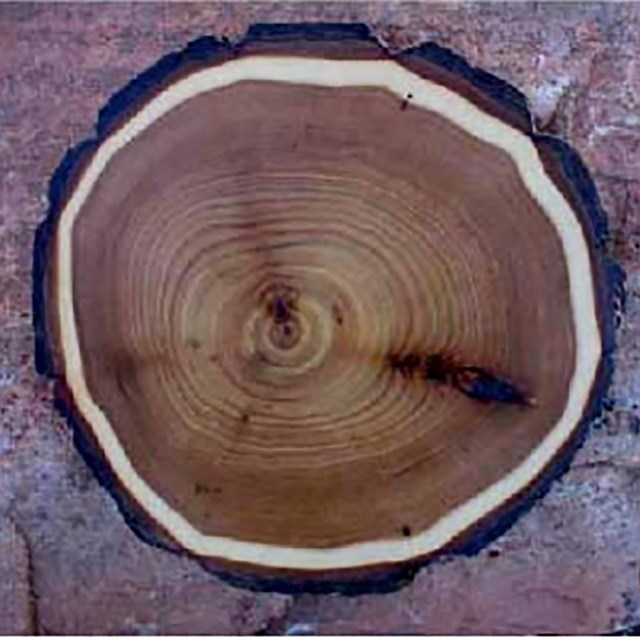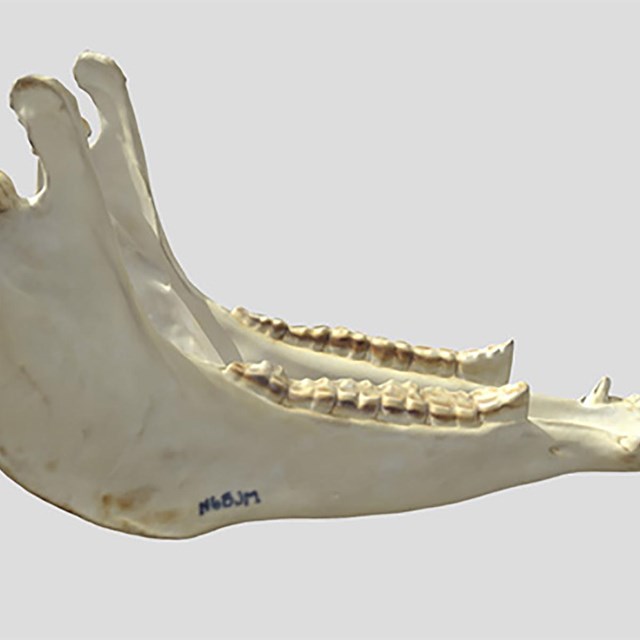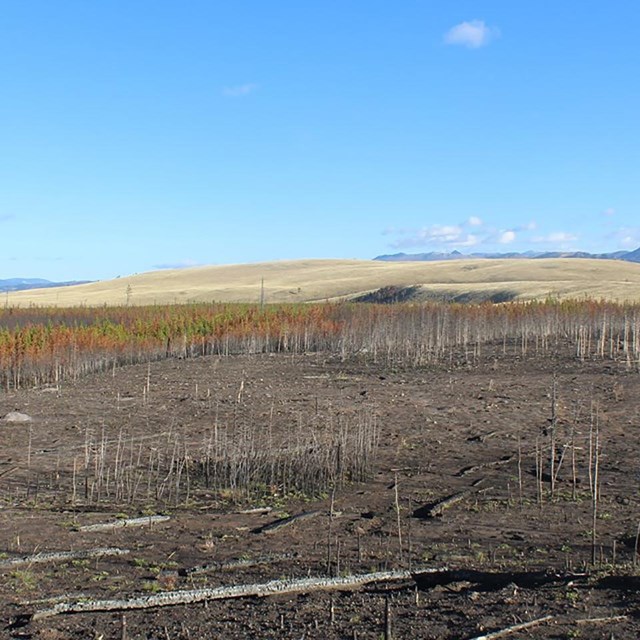Last updated: March 6, 2023
Article
Archeology This Month: Earth's Heritage
April is for celebrating the relationship of people to the Earth. We welcome the arrival of spring, with its new green things and more light. During National Park Week, we renew our appreciation for all 420+ park units and the national programs and offices. For National Volunteers Week, we toast our volunteers for everything they do. It's a great time to explore the relationship of people to the Earth through archeology.
People are one part of an enormously complicated system that sustains life on Earth. They draw on the Earth's resources - like stone, sunlight, or plants - to live. They draw meaning from cyclical changes - such as sunrise and seasons - to carry out ceremonies and other traditions. Archeologists, in turn, create scientific methodologies from the Earth's own unique qualities to study the past.
Just as the Earth changes people, people have changed it. See what we can learn from archeologists' studies in national parks.
Data Points and Wavelengths
-
 Plants, Pollen, PeoplePalynology
Plants, Pollen, PeoplePalynologyItty-bitty evidence of plants and climates.
-
 Rings, Rain, RoundsDendrochronology
Rings, Rain, RoundsDendrochronologyTree rings tell time.
-
 Incisors, Canines, MolarsFaunal Analysis
Incisors, Canines, MolarsFaunal AnalysisEcosystem stories told through tooth wear.
-
 String, Leather, SeedsRadiocarbon Dating
String, Leather, SeedsRadiocarbon DatingAging an old bag's contents.
-
 See Into the GroundMagnetometry
See Into the GroundMagnetometryBuried materials affect the geomagnetic field.
-
 Atoms, Molecules, WavesX-ray Fluorescence
Atoms, Molecules, WavesX-ray FluorescenceAn elemental "fingerprint" for artifacts.
Tracking Change
-
 Adaptation and changeMeeting the Paradox
Adaptation and changeMeeting the ParadoxClimate-driven challenges at Yellowstone.
-
 Fuzzy HelpersPack Rat Hoarding
Fuzzy HelpersPack Rat HoardingCaches of climate evidence at Chaco Canyon.
-
 Cultural Vulnerability and ChangeHuman-Ecology Dynamics
Cultural Vulnerability and ChangeHuman-Ecology DynamicsBeach survey at Cape Krusenstern.
